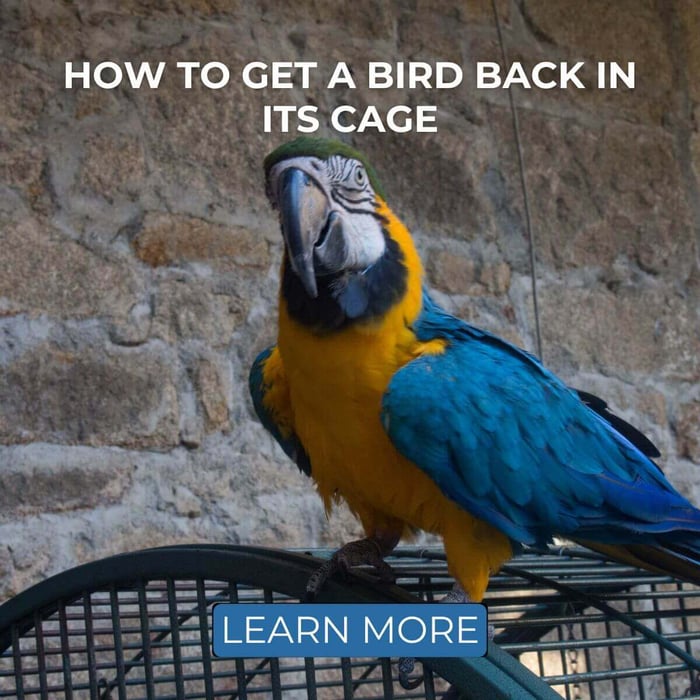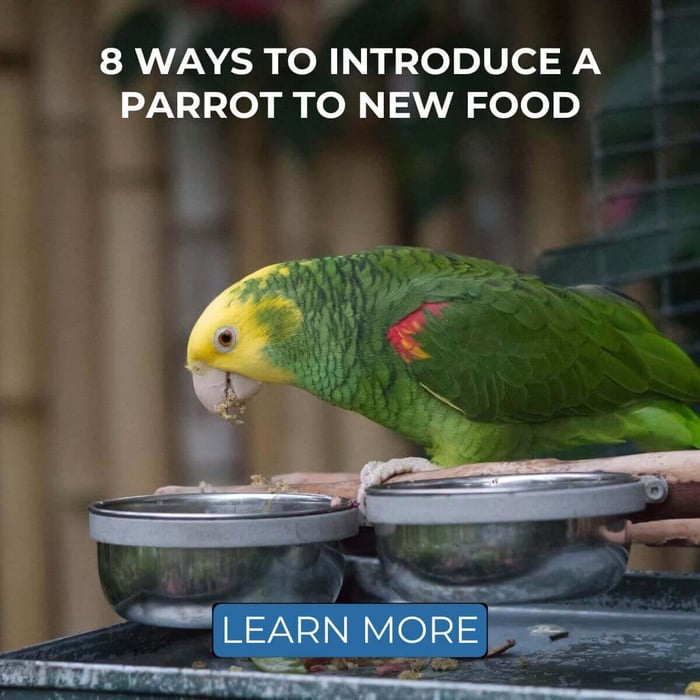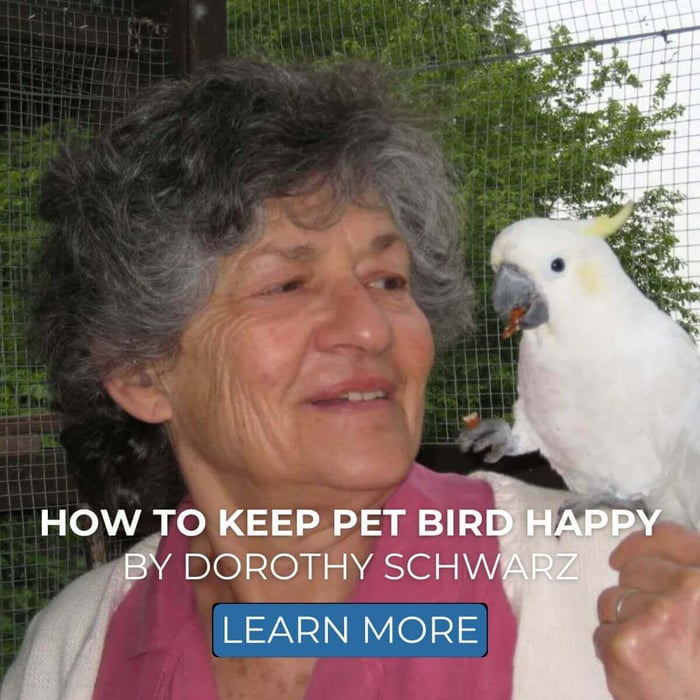Making New Things Fun for Your Parrot
This article originally appeared on Good Bird's blog in April 2010, featuring valuable insights from Barbara Heidenreich, a professional animal trainer. In this updated post, we delve deeper into the concept of making new things fun for your parrot. We also share additional insights and tips based on our experiences and observations, focusing on how to create a more enriching environment for your feathered friend.
The Importance of Safe Environments
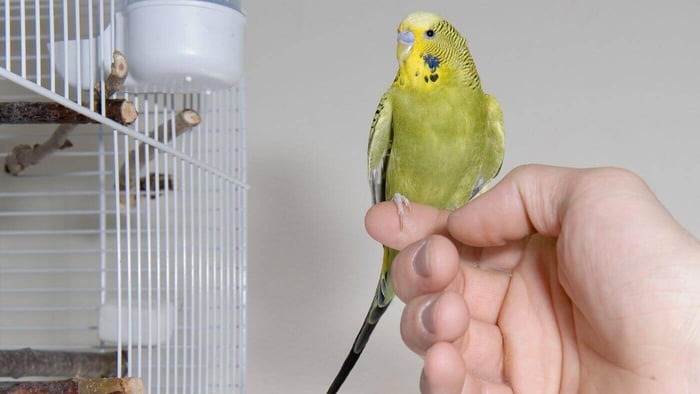
One of the fundamental lessons from Barbara's original article is the significance of creating a safe environment when making new things fun for your parrot. During a photoshoot with her yellow-naped Amazon parrot, Delbert, Barbara took meticulous precautions to ensure safety before allowing him to explore the unfamiliar space.
For example, she covered windows and mirrors, secured the area by keeping dogs outside, and ensured everyone understood the importance of closing doors. These precautions help minimise potential hazards and distractions, creating a secure environment where your parrot can feel safe and confident.
Preparing Your Space for Fun
When preparing a space for making new things fun for your parrot, consider the following steps:
- Remove Hazards: Identify and eliminate any potential dangers, such as open windows, toxic plants, or small objects that could be swallowed.
- Secure Other Pets: Keep other pets away from the area to prevent any unexpected interactions that could frighten your parrot.
- Control the Environment: Dim lights or reduce noise levels if possible, helping to create a calmer atmosphere.
By taking these precautions, you can help your parrot acclimate to new environments more comfortably and enjoyably.
Understanding Body Language
Barbara emphasised the critical role of observing a parrot's body language when making new things fun for your parrot. Parrots, like Delbert, may exhibit signs of discomfort or fear when faced with unfamiliar objects or sounds. Understanding these signals allows you to respond appropriately and prevent panic.
For instance, during the photo shoot, Delbert showed distress towards a narrow cardboard box, circling the room whenever he got too close. This behaviour illustrated the importance of being vigilant and attuned to your parrot's feelings, especially when trying to make new things fun for your parrot.
Key Body Language Signs to Watch For
To help you better understand your parrot's emotions and enhance the experience of making new things fun for your parrot, here are some common signs to observe:
- Flapping Wings: Excessive flapping may indicate anxiety or an urge to escape.
- Vocalisations: If your parrot is vocalising more than usual—squawking or calling—this could signal stress or discomfort.
- Body Posture: A crouched position, feathers fluffed up, or a turned head can indicate fear or a desire to flee.
- Eye Pinning: Rapidly dilating and constricting pupils may indicate excitement or agitation, which can signal a desire to flee or engage.
By learning to recognise these parrot behaviours, you can better support your parrot through new experiences and ensure that making new things fun for your parrot remains a positive endeavour.
Gradual Acclimatisation
In her article, Barbara shared that she allowed Delbert to acclimate to the new environment by observing from his travel cage. This gradual introduction is an effective strategy that can help prevent overwhelm. Allowing your parrot to explore new surroundings at their own pace helps reduce anxiety and fosters a sense of security, making new experiences enjoyable.
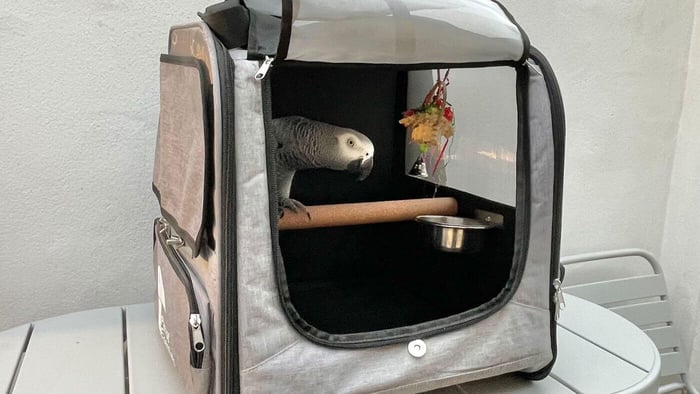
Steps for Gradual Acclimatisation
- Time in the Travel Cage: Let your parrot observe the new environment from the safety of their travel cage. This gives them a chance to adjust without feeling threatened.
- Supervised Exploration: After some time, allow your parrot to explore the area while closely monitoring their reactions. If they seem comfortable, gradually increase their freedom to move around.
- Frequent Breaks: If you notice signs of stress, such as excessive vocalisation or flapping, take a break and allow your parrot to return to their cage until they feel calmer.
This approach not only helps in making new things fun for your parrot but also allows you to create positive associations with new experiences, reducing the likelihood of fear responses.
Positive Reinforcement Techniques
A key takeaway from Barbara's experience was the importance of using positive reinforcement to help Delbert overcome challenges while making new things fun for your parrot. By rewarding him for calm behaviour and successful flights, he learned to associate the new environment with positive experiences. For example, Barbara encouraged Delbert to fly back and forth between her and the new people present during the photoshoot. This activity not only distracted him from any anxiety but also provided him with rewards and attention.
Strategies for Effective Positive Reinforcement
- Use Treats: Offer your parrot their favourite treats when they exhibit calm behaviour or engage in positive interactions with new stimuli. This helps reinforce the notion that new experiences can be rewarding.
- Praise and Affection: Use verbal praise and gentle petting to reinforce good behaviour, helping your parrot associate new experiences with affection.
- Create Fun Challenges: Introduce new toys or activities that encourage exploration and interaction. Pair these activities with rewards to keep your parrot motivated and engaged.
By consistently applying positive reinforcement techniques, you can help your parrot feel more comfortable in new situations, making the process of making new things fun for your parrot much easier.
The Joy of Shared Experiences
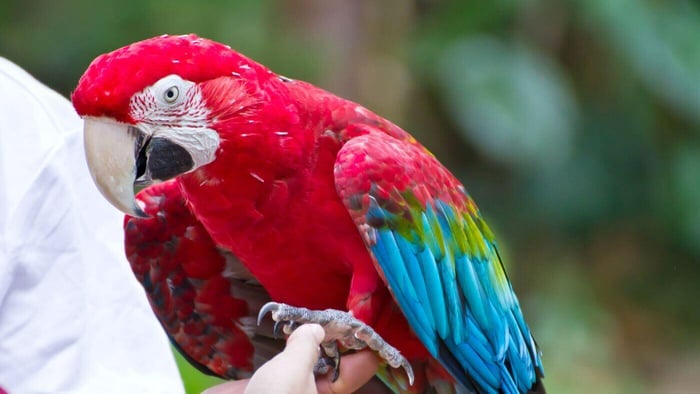
Barbara reflected on how enjoyable the photoshoot became for both her and Delbert. While it was technically "work," the shared experience of overcoming challenges and exploring a new environment turned it into a fun adventure.
Engaging in these activities with your parrot can create meaningful moments that deepen your bond. The joy of making new things fun for your parrot lies in the shared experience of discovery and connection.
Creating Memorable Moments
To foster enjoyable experiences with your parrot, consider the following activities that promote the idea of making new things fun for your parrot:
- Training Sessions: Regular training sessions using positive reinforcement can provide mental stimulation and strengthen your bond.
- Interactive Toys: Introduce new toys that challenge your parrot, such as foraging toys, puzzle feeders, or interactive playsets, to encourage engagement.
- Outdoor Adventures: If possible, take your parrot on supervised outings, allowing them to explore nature safely. This can be an enriching experience for them, contributing to the fun of new experiences.
By creating these memorable moments, you enhance your parrot's quality of life and nurture your relationship, making every new thing an enjoyable adventure.
Conclusion: Embracing New Adventures Together
As we reflect on the valuable lessons from Barbara's insights, it's clear that making new things fun for your parrot involves preparation, observation, and positive reinforcement. By understanding your parrot's needs, recognising their body language, and celebrating their achievements, you can help them thrive in new experiences.
For all parrot owners looking to enrich their companions' lives, we encourage you to embrace new adventures together. Whether it's introducing a new toy, exploring a different environment, or engaging in training sessions, these experiences can strengthen your bond and create lasting memories.
Explore the newest products for your parrot here, and remember to focus on making new things fun for your parrot to ensure a happy and fulfilling life for your feathered friend!

